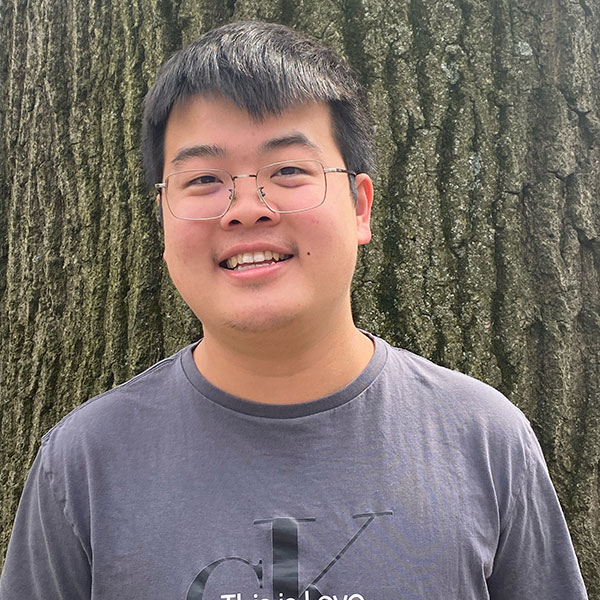
An Investigation of Improving Blue Intensity Measurements from Tree Rings, Gulf of Alaska, USA

Name: Wenshuo Zhao
Major: Environmental Geoscience
Advisors: Greg Wiles, Vibhor Agarwal, Shelley Judge
Blue intensity, or BI, has been proposed as a new parameter in dendroclimatology. It is considered as both a labor-and-cost effective alternative to maximum latewood density (MXD) for paleoclimatic reconstruction with tree-rings. However, several major obstacles with BI greatly limit the broad application of this revolutionary technique, among which the discoloration of wood samples stands out as the most challenging. Color staining in wood is usually the result of various post-depositional processes that have been attributed to oxidation and biogenic sources. This study aims to overcome this discoloration challenge by testing a new method of color removal on subfossil wood samples recovered from sites across the Gulf of Alaska. A 24-hour soak in 15% H2O2 (hydrogen peroxide) was performed upon subfossil samples to reset the wood color back to its original coloration when they were living. These samples were then processed into BI chronologies and run through several statistical evaluations from which the quality of the hydrogen peroxide modification was evaluated. It turned out that the H2O2 method we proposed was successful in the removal of most of the extraneous color stains from the subfossil wood samples and was determined to statistically strengthen the climatic signals produced from BI chronologies. This is especially the case for the delta-BI (DBI) and latewood BI (LWBI) chronologies.
Posted in Comments Enabled, Independent Study, Symposium 2023 on April 14, 2023.
4 responses to “An Investigation of Improving Blue Intensity Measurements from Tree Rings, Gulf of Alaska, USA”
Related Posts
Related Areas of Study
Environmental Geoscience
Investigate the impact humans have on the Earth and research ways to solve pressing environmental problems.
Major Minor


I hope all the people doing BI research hear about your findings! Nice job on your IS, Fred!
Awesome job, Fred. The use of BI is fascinating because of its low cost compared to other methods. I wish you well in future research in grad school.
I was highly impressed by the novelty of your work in the dendrochronology field. Best wishes for graduate school
So happy for you, Fred! Wishing you all the best!